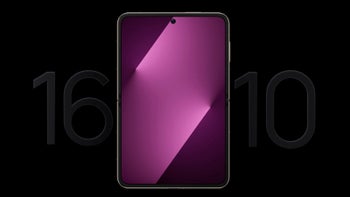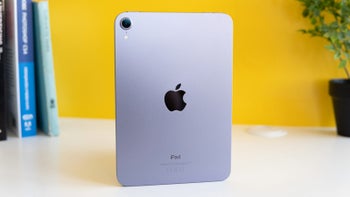Samsung describes the advantages of the ISOCELL camera featured in the Galaxy S5

Samsung released a techy YouTube video, which focuses on the perks of the ISOCELL image sensor technology that the Korean company uses in the camera of its upcoming flagship, the Samsung Galaxy S5.
Samsung highlights that the ISOCELL-enabled pixels decrease the cross-talk between adjacent pixel cells. Samsung also explains that the pixels in the ISOCELL sensor have 30% larger full well capacity. This means that each individual pixel can receive more light before saturating itself, which results into an improved color dynamic range and images with better color exposition. The improved light sensitivity results in better performance of the camera sensor in low-light conditions. Samsung also touts that thanks to its wider chief ray angle, the ISOCELL sensor is slimmer than a regular BSI one, enabling manufacturers to implement it into small-form-factor mobile devices.
The camera of the soon-to-be-released Samsung Galaxy S5 will sport an ISOCELL sensor. It is touted that the Galaxy S5 will come with the "world's fastest autofocus speed" of 0.3 seconds. The latter is possible thanks to the on-board hybrid phase detection for the autofocus, a technology that is used in almost any modern DSLR camera. Similar to the LG G Pro 2 and the Sony Xperia Z2, the camera of the Samsung Galaxy S5 will also feature a Selective Focus mode. As its name suggests, this feature allows the users to manually adjust the focus of an image and blur its background.
We are eager to put the camera of the Galaxy S5 to the test and see how it fares against the competition. Be sure that we'll do so once the flagship is released on April 11.

source: Samsung via SamMobile
Samsung highlights that the ISOCELL-enabled pixels decrease the cross-talk between adjacent pixel cells. Samsung also explains that the pixels in the ISOCELL sensor have 30% larger full well capacity. This means that each individual pixel can receive more light before saturating itself, which results into an improved color dynamic range and images with better color exposition. The improved light sensitivity results in better performance of the camera sensor in low-light conditions. Samsung also touts that thanks to its wider chief ray angle, the ISOCELL sensor is slimmer than a regular BSI one, enabling manufacturers to implement it into small-form-factor mobile devices.
We are eager to put the camera of the Galaxy S5 to the test and see how it fares against the competition. Be sure that we'll do so once the flagship is released on April 11.

source: Samsung via SamMobile














Things that are NOT allowed: